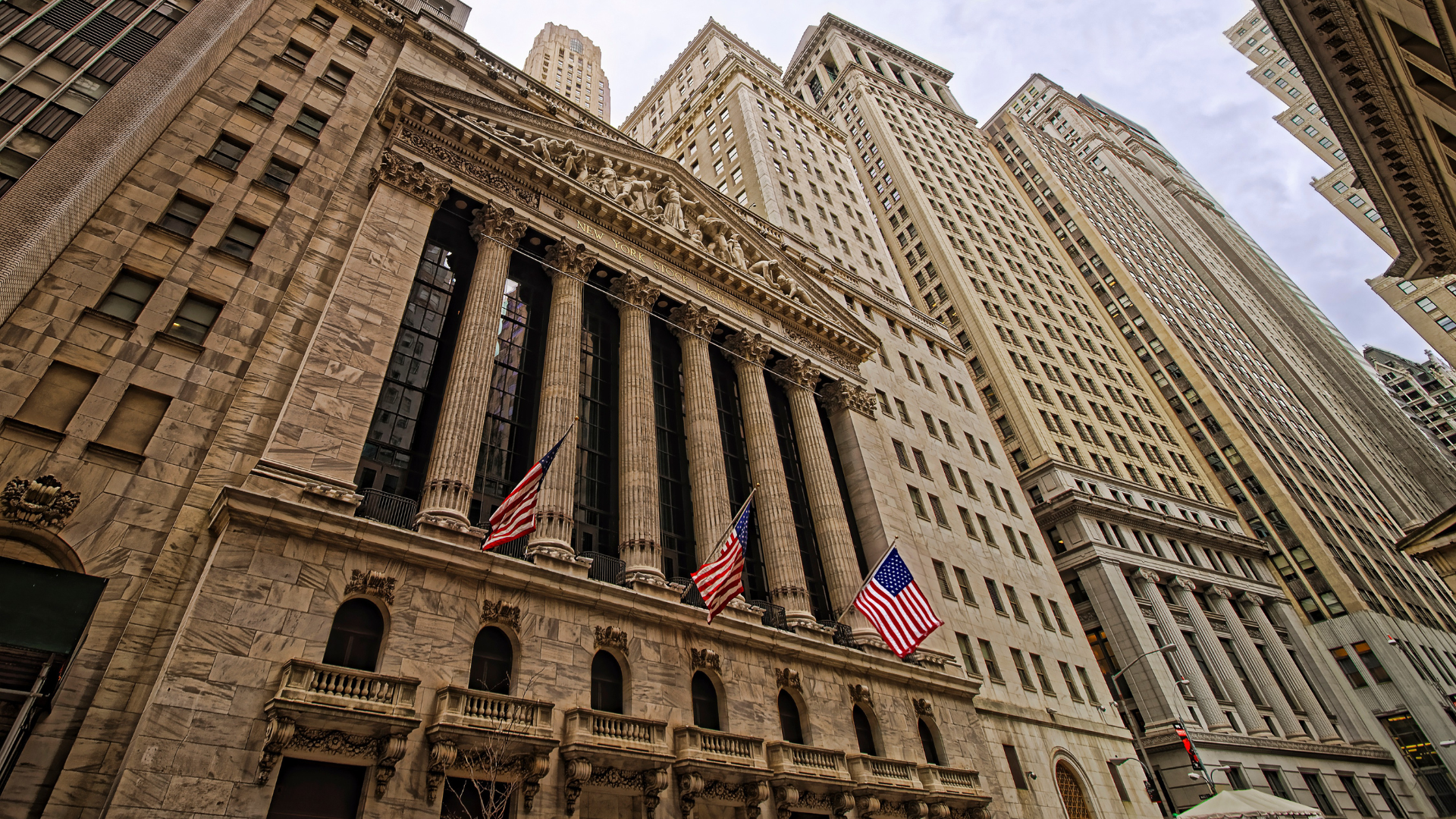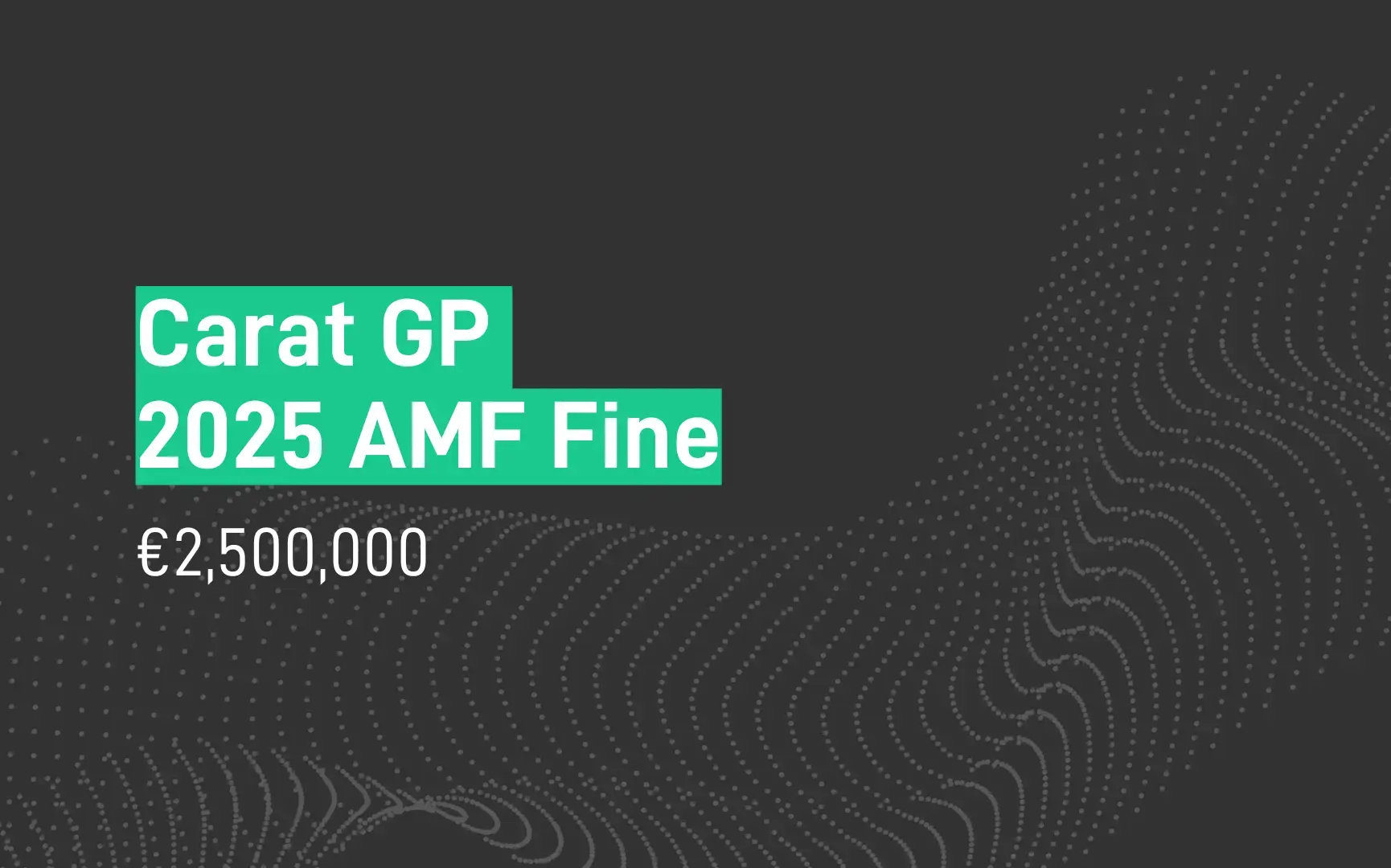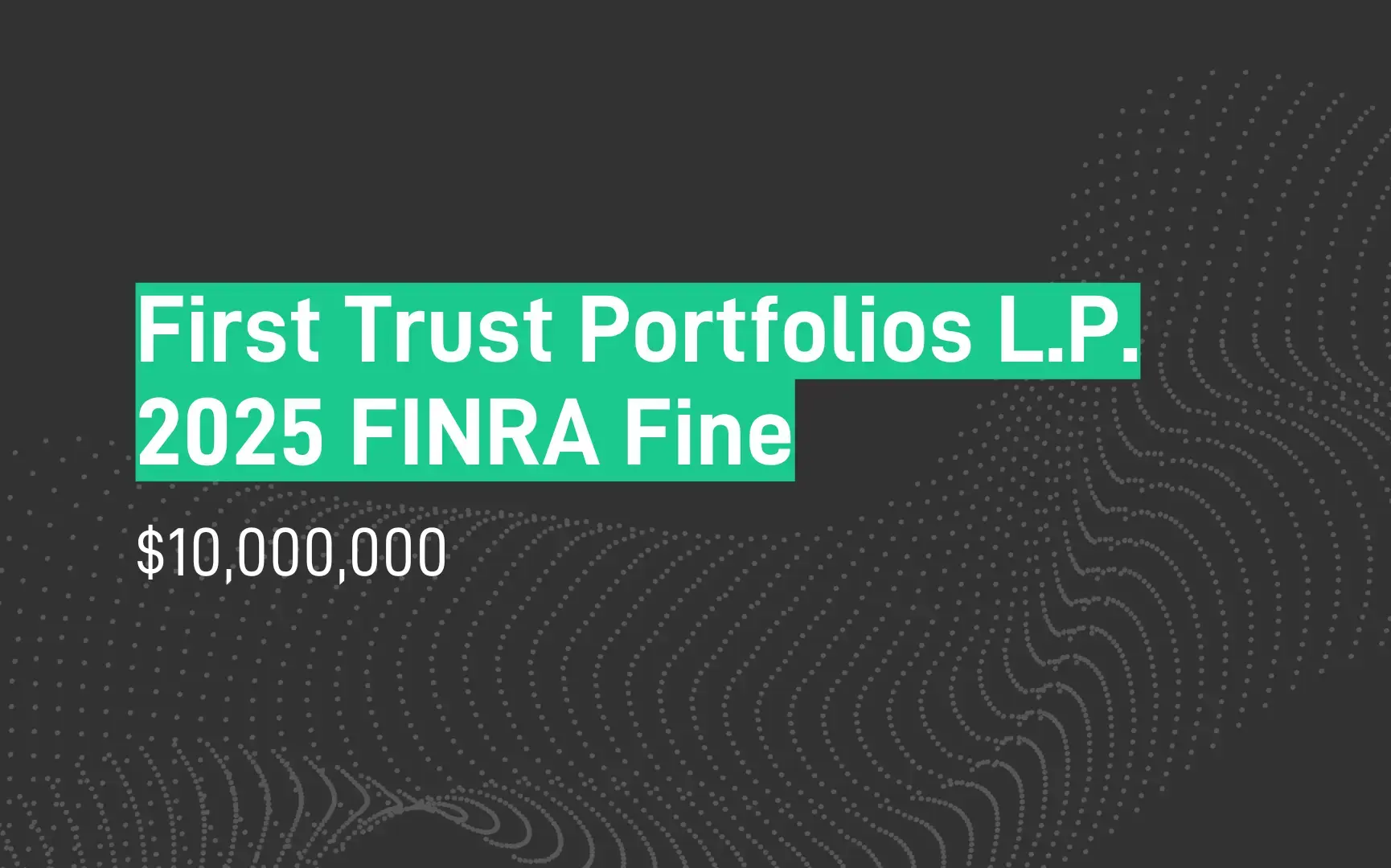Cryptocurrency regulation is expanding, but what is the end-state?
Cryptocurrency regulation has clear momentum across the globe as we move towards the end of Q1, 2020. In Europe, mid-January marked the deadline for member states to adopt the Fifth Anti-Money Laundering Directive (AMLD5), which is a significant step forward in the region’s treatment of digital assets. As well as introducing a legal definition of ‘cryptocurrency’, the directive brings cryptocurrency exchanges and wallet providers into the definition of ‘obliged entities’. As a result, such entities will now be submitted to the same regulatory oversight as existing financial and credit institutions.
For many of the region’s crypto businesses this means enhanced requirements around KYC (know your customer), anti-money laundering (AML) and combating the financing of terrorism (CFT). What this looks like in practice will depend on the individual members states. As AMLD5 is only a directive, the regulatory legislation will be implemented in different ways (and possibly with a different focus) within each member state.
Although only introduced as recently as 2018, the directive was at risk of being usurped when the Financial Action Task Force (FATF) updated its recommendations on mitigating risks associated with virtual currencies in June 2019. Many of Europe’s member states recognised the limited geographical scope of AMLD5 and have looked to incorporate aspects of the FATF recommendations (notably the ‘travel rule’) in order to bolster their regulatory implementations.
However, despite these steps, Europe still has some way to go to catch up with Asia which currently leads the way in forward-looking digital asset regulation. As recently as 5th March, South Korea made the trading and holding of cryptocurrency fully legal, paving the path for wholesale adoption and adding to the sense that regulatory momentum is rippling across the digital asset landscape. For many, this is a welcome development. The institutional investment community has long cited the lack of regulatory clarity as a significant barrier to adoption, keeping them on the side-lines until now.

This momentum is certainly a positive signal, but do these developments reveal anything about the direction of travel for regulation of digital assets? Are there any insights about what the ‘end-state’ might look like for crypto legislation? Will digital assets ultimately be shoe-horned into existing financial frameworks or will there be new types of rules for this new financial instrument?
Whether it is right or wrong, much of the nascent digital asset regulation has to date focused on AML, KYC and CFT provisions. Whilst viewed by many as a necessary first step, it has meant that many other important elements – those which the institutional investment community might care about (e.g. applicable securities law; market integrity and surveillance; and harmonised tax treatments) – are not yet being adequately addressed.
A number of industry bodies have stepped into this void, seeking to push the agenda forward with the hope of further legitimising the asset class. These bodies include the Blockchain Association, ADAM, Chamber of Digital Commerce and Blockchain for Europe. Some digital asset operators have also committed to proactive self-regulation and conformance to the highest standards of compliance from traditional finance. Being seen to adhere to compliance processes and procedures is being used as a key business differentiator, as demonstrated by Coinbase who pride themselves on “building trust through compliance”.
For an industry that is mired with apocryphal stories of scams and illegal activities, an organised and unified voice that can shape the agenda (and subsequent regulation) is both welcomed and embraced.

How the regulation develops from here will ultimately depend on how existing regulatory bodies view and define digital assets. However, this is a process is only just beginning now and there are still many outstanding questions including how digital assets will be treated (as currencies, securities or something completely new?).
Perhaps a new definition is needed. But given the parochial nature of regulators and the vested interests involved, the incentives are for each regulator to bestow a definition that means crypto falls within its own remit for oversight. We have already seen this with the Commodity Futures Trading Commission (CFTC) announcing they view both Bitcoin and Ether (the two largest market cap digital assets) as being commodities, and therefore, falling under the CFTC’s jurisdiction. This view would suggest that regulators will, on the whole, attempt to fit digital assets into frameworks with which they are comfortable, taken from existing financial legislation. It also introduces a wealth of new questions including how this will affect the institutional digital asset investment community.
One thing is clear, we are seeing progress and momentum in the regulation of cryptocurrencies. However, there is still much to be done. How digital assets are defined and where they sit within the wider financial framework will significantly impact what new legislation is introduced. And if these assets are deemed to fall within existing legislation, what will the impact be on the institutional investment community?













